Really, humanity is confronting the biggest environmental crisis in all of history. We’ve gotten used to using (and immediately throwing away) plastic without a second thought. Specialists mention that up to 40% of the plastic we use ends up in the ocean.
There are actually 5 huge islands of floating plastic in the ocean. And when we say huge, we aren’t exaggerating. The largest plastic island is found in the northern Pacific Ocean between the United States and Hawaii and is larger than Peru and Ecuador combined. This is the result of plastic that makes it to the ocean and is carried out by the current.
Every minute 1 million plastic bottles are used in the world
In the world, every minute, there are 1 million plastic bottles and 10 million plastic bags used. On average, the life span of plastic is 13 minutes but takes between 400 and 1000 years to disintegrate. Just imagine the quantity of trash we’re producing. The plastic industry (intimately related to the petroleum industry) is creating great harm for the planet which, according to specialists, will soon be irreversible.
In this blog, we want to talk about a utopia that, who knows, could soon become a reality. We believe there are actually various possibilities that allow Cusquenians to consume products without generating plastic trash. So they could make Cusco the first-ever in Peru zero-plastic city. Do you have any other ideas?
1. Street food ALL OVER THE PLACE
The offer of food on the streets of Cusco is truly impressive, and it depends on you whether you use plastic or not to consume it. The options are varied, so we’ll focus on the healthiest foods you can find. In this way, you’ll not only take care of your health but also the health of the planet. In the end, the planet and you are one.
If you’re in the street and you’re thirsty, you don’t need to buy drinks in plastic bottles because you’ll find a huge variety of natural, nutritional and medicinal drinks. For example, quinoa chicha, a sweet delicacy made of one of the most nutritional foods in the world, has as much protein as milk and is much more nutritional than drinks made of wheat, corn or oatmeal. On top of the quinoa chicha, there are many other delicious drinks you can find on the street like chicha morada (made from purple corn), barley water, passion fruit drinks, orange juice (squeezed right in front of your eyes!) and the well-known emollient, a medicinal mixture of several herbs found all over the city as soon as nighttime falls.
Before giving you your drink, the vendors will ask you: “To drink here or to go?” If you say “to drink here,” they’ll use a cup made of glass to serve you, and in this way you can avoid using plastic. You know, in Cusco it’s possible to hydrate easily, drinking something healthy and natural without using plastic.
You’ll also find many options on the street if you’re hungry and don’t want to use plastic. On public streets, it’s possible to find vendors with excellent fruits: huge bananas, juicy oranges, sweet-smelling apples, delicious mangoes, grapes, etc. The variety of fruits you find will depend on the season in which you visit Cusco. For example, in January, February and March, you’ll be able to enjoy delicious tuna (cactus fruit) to refresh yourself in the heat. Likewise, in June, it will be a lot easier to find sugar cane and coconuts. You’ll also find traditional tamales, the delicious appetizers made of corn flour and wrapped in corn husks. They don’t need any artificial wrapper! Another great alternative to satisfy your hunger without generating plastic residues are the traditional anticuchos, pieces of grilled meat that you’ll find on the street at night.
2. Traditional markets ALL OVER THE PLACE
The city of Cusco is filled with traditional markets where you can find healthy food, not industrialized, in bulk, and, if you’d like, without the necessity of using plastic. Due to their great prices and the quality of their products, these markets bravely weather the supermarkets and malls who use plastic indiscriminately. You just need to bring your own bags – preferably made of cloth – and tell the vendors: “No plastic bag, please.”
If your hotel is in the Historical Center of Cusco, you’ll be able to visit the markets of San Pedro, Ccascaparo, San Blas and Wanchaq. Other incredible options are the markets of Huancaro, Ttio, San Sebastian and Vinocanchón in San Jerónimo, however they are a bit further away.
These markets are huge and usually organized by the products being sold. You’ll find sections of fruits, grains, beef, chicken, fish, vegetables, potatoes, etc. You’ll also find healthy foods (from simple, but delicious plates like rice with an egg to soup vendors like ceviche, all at a great price!) and a section for fruit juices. You can choose the fruits you want them to use to prepare your juice, and they’ll serve it to you in glass! First-class food without the necessity of using plastic.
3. Strong cultural identity
The inhabitants of the city of Cusco are characterized by their profound cultural identity. Although racism and discrimination are still seen daily due to the colonial mentality that persists, you can feel the reemergence of the Andean culture in diverse spaces. And what’s one of the main characteristics of the Andean culture? Well, the close relationship of human beings to the Pachamama or Mother Earth.
We consider that a re-discovering of the true sense of the Andean culture could be the key to the fight against contamination on this planet. If the people of Cusco recuperate the ideal values of the Andean culture, it could radically change their consumer habits and make them the principal opposition to plastic use.

Unlike the weastern culture, in the Andean culture, human beings aren’t the center of the universe but the companion, on equal terms, with animals, rivers, mountains and other beings which coexist on the planet. For the Andean culture, everything is alive: the sun, rocks, wind, and with all of these elements. So you can talk with them as if they were people. Can you imagine it? It’s like this: there’s a link of love and codependence between all beings who live in the ukhu pacha (underworld), the kay pacha (the world of the here and now) and the hanaq pacha (the world above, of the dieties). Thanks to Andean cosmovision, one can clearly understand the connection we have to nature, and that connection should call us to urgent change.
Reasons against it
Sadly, Cusco also has huge failings when it comes to environmental protection, especially related to public politics. In the first place, the lack of trash cans in the city is obvious. There is little effort by the municipalities to educate the population about separating solid wastes, although the Municipality of Cusco has a trash separation program advancing which works very well in the Historical Center. On the other hand, trash pick-up is deficient. The municipalities insist on picking up trash early in the morning, which causes people to leave their trash out at night.
This is everyone’s battle. You already know it: the most efficient mechanism is, simply, to stop using one-time-use plastics. We hope this blog has contributed to helping you see the diverse options there are for avoiding plastic use during your visit to the city of Cusco.











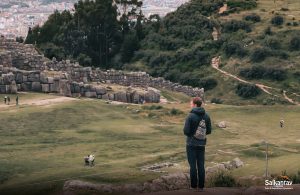

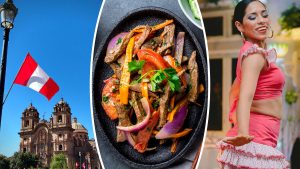
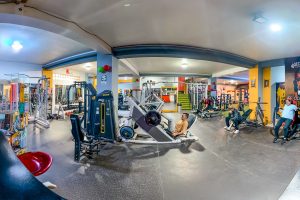

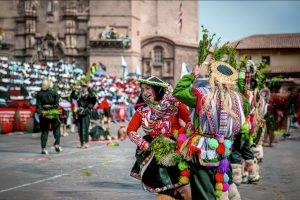
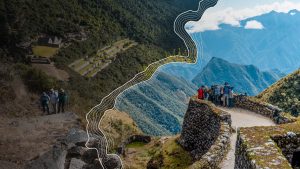
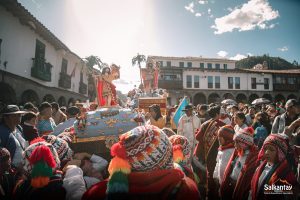
Leave A Reply